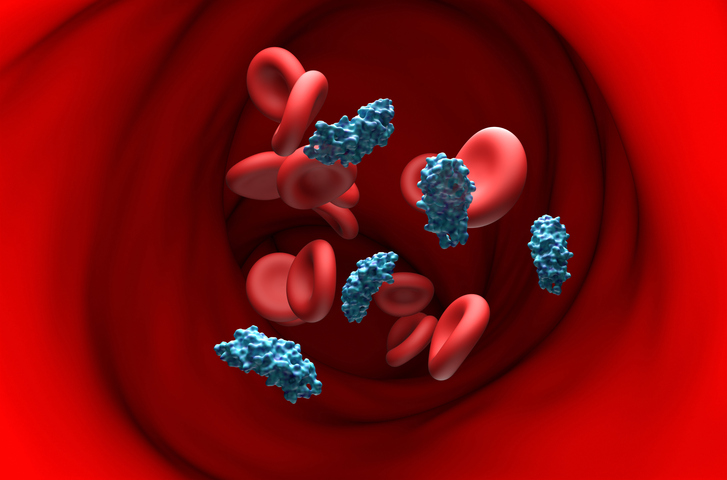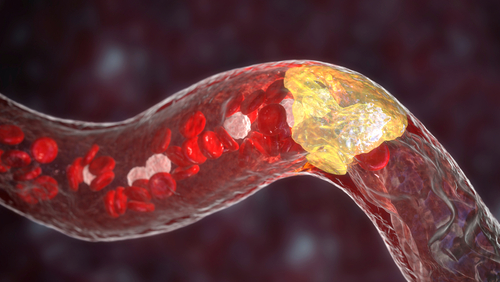
A new high-sensitivity cardiac troponin helps predict adverse cardiovascular events in diabetic patients with critical limb ischemia and foot lesions, new study results suggest.
“Diabetes is strongly associated with cardiovascular complications, including coronary artery disease and peripheral artery disease, because it determinates micro- and macrovascular dysfunction through many pathophysiological mechanisms that comprehend inflammation, endothelium dysfunction, ion channels, and nervous system impairment,” the authors wrote. “Diabetic patients have a high chance to develop the most advanced form of peripheral artery disease, namely, critical limb ischemia with foot lesions […]. Cardiac adverse events are common in these patients, independently of a concomitant diagnosis of coronary artery disease, with cardiac death being the most common cause of mortality. The exacerbation of peripheral artery disease or the need of procedures further increase the risk of cardiac adverse events.”
The study, published in Frontiers of Cardiovascular Medicine, collected SPINACH scores as well as clinical, lab, and interventional data from 618 patients with diabetes and critical limb ischemia. High-sensitivity cardiac troponins were taken at hospital admission. The primary study endpoint was the cumulative occurrence of major adverse cardiovascular events (MACE), which included all-cause death, myocardial infarction, or stroke). The secondary study endpoint was all-cause mortality. Patients were followed out to one year.
According to the results, patients who were on hemodialysis had higher levels of high-sensitivity cardiac troponin (P<0.01), and patients with coronary artery disease had higher troponin values (P<0.01). The researchers reported 179 MACEs during the study period. A total of 155 patients died during the study [cause of death was cardiovascular-related in 48 patients (31%)]. High-sensitivity cardiac troponin values were higher at hospital admission in patients who had suffered MACEs compared with those who did not (P<0.001). MACE was higher in those with established coronary artery disease (P=0.04). High-sensitivity cardiac troponin was also an independent predictor of MACE (HR=2.440; 95% CI 1.706 to 3.48; P<0.001).
The addition of high-sensitivity cardiac troponin to SPINACH score model also helped in prove prediction of all-cause mortality (cut-off, 42 ng/L). The best cutoff was 40 ng/L in patients with established coronary artery disease, and 25 ng/L in those without.
Easy Implementation
“Our findings are clinically relevant and can immediately be implemented in daily practice for stratification of cardiovascular risk in diabetic critical limb ischemia patients with foot lesions,” the authors wrote. “Troponin is a widespread biomarker, easy to assay, and may help to recognize diabetic critical limb ischemia patients in which preventive strategies should be more aggressive. For patients with already established critical limb ischemia group, several options for secondary prevention are available.”
Limitations included high-sensitivity cardiac troponin cut-offs not being validated in external study cohorts. Other limitations included the use of only the first troponin sample obtained (as opposed to more collected), and focusing only on patients with critical limb ischemia and foot lesions (not accounting for peripheral artery disease severity).
“In diabetic patients with critical limb ischemia and foot lesions, it is common to find high-sensitivity troponin T higher than upper reference limit,” the authors concluded. “Depending on the presence of coronary artery disease diagnosis, specific high-sensitivity cardiac troponin cut-offs predict major cardiovascular events and mortality and may help to improve the patient’s risk stratification.”







 © 2025 Mashup Media, LLC, a Formedics Property. All Rights Reserved.
© 2025 Mashup Media, LLC, a Formedics Property. All Rights Reserved.